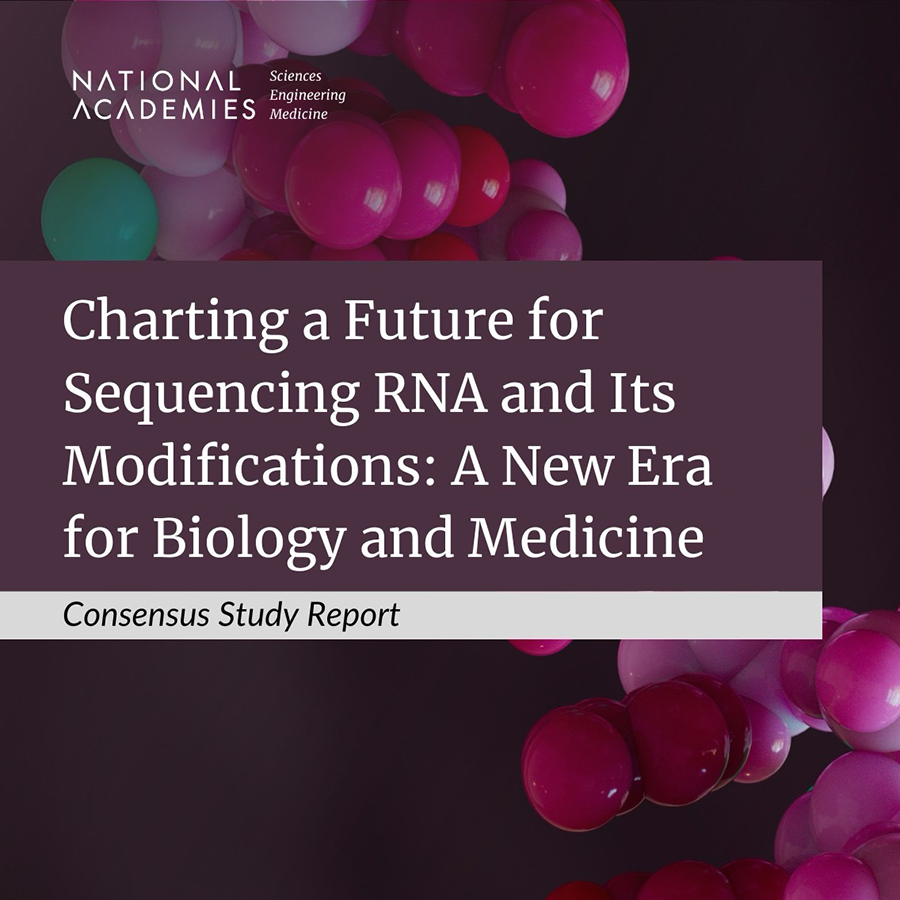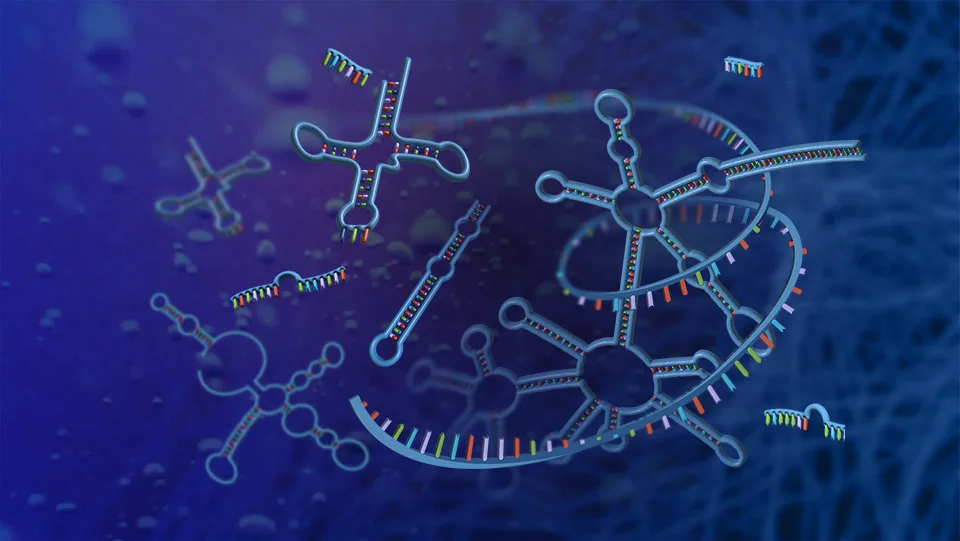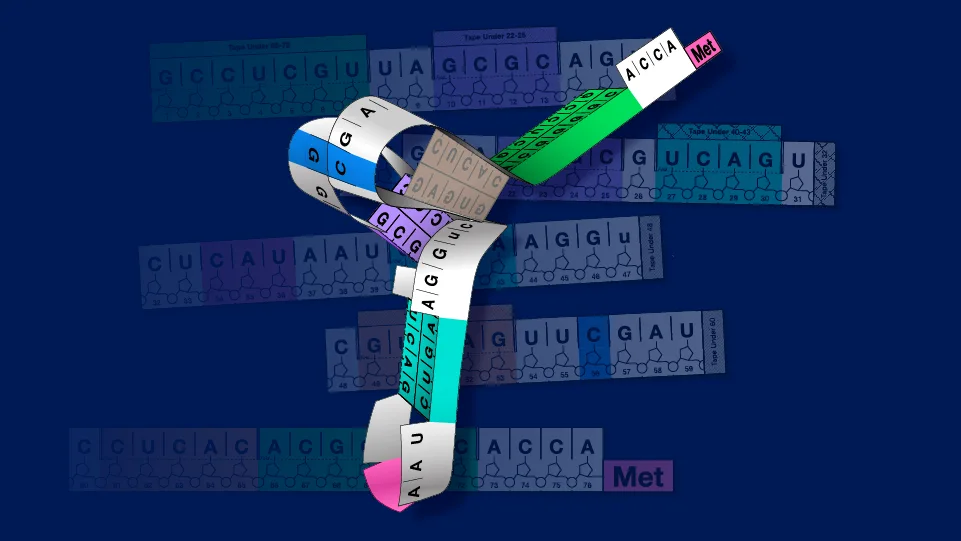RNA sequencing and the detection of RNA modifications have recently gained significant attention in the genomics community, punctuated by a new report from the National Academies of Sciences, Engineering, and Medicine (NASEM) outlining a roadmap for more completely studying and cataloging RNA and its modifications. New genomic methods and technologies are still needed to advance basic and clinical research into human biology and disease.
NASEM Consensus Study Report
This report - Charting a Future for Sequencing RNA and Its Modifications: A New Era for Biology and Medicine - outlines key focus areas where infrastructure and technology can be improved for the study of epitranscriptomes and provides conclusions and recommendations in the areas of expanding research; advancing technology; developing standards and centralizing data; and cultivating a workforce.

Social Media Activity
Methods to study RNA are becoming a standard part of the tools and technologies used in genomics! For example, by sequencing RNA and studying its many modifications, scientists can learn how cells function, develop, and respond to their environments. pic.twitter.com/K2uGFB1EOo
— Eric Green (@NHGRI_Director) May 28, 2024
Last updated: July 1, 2024


